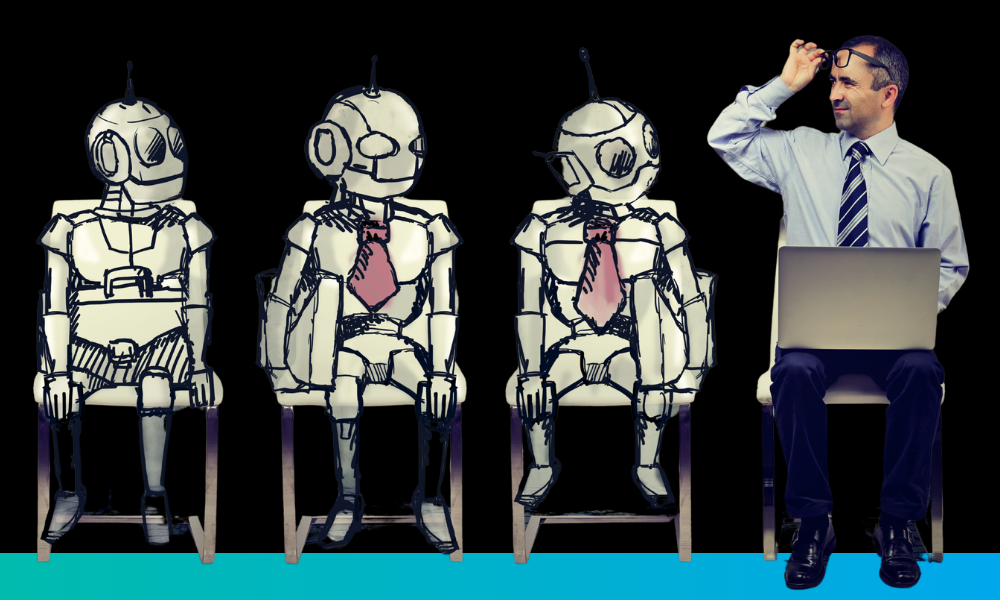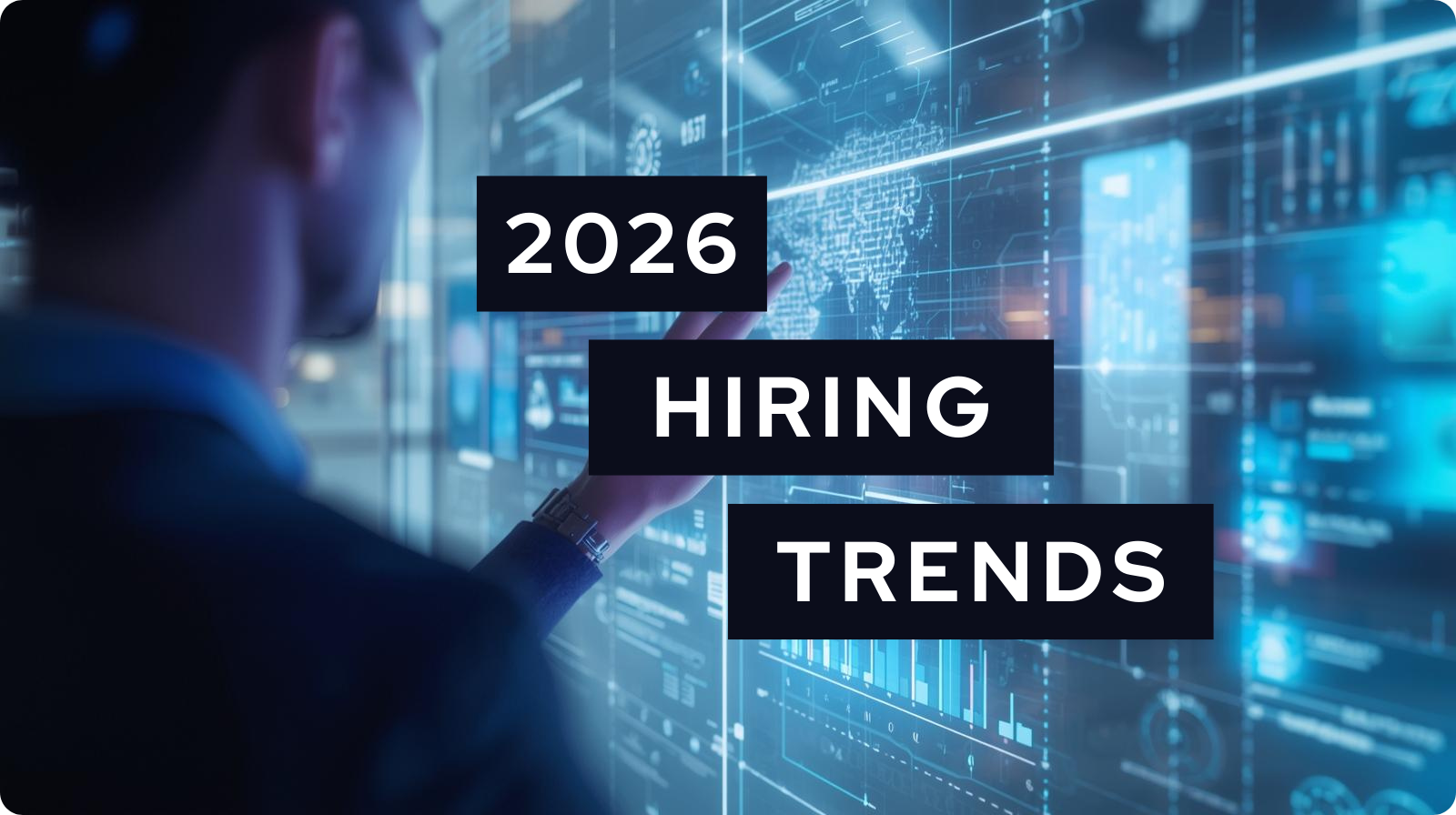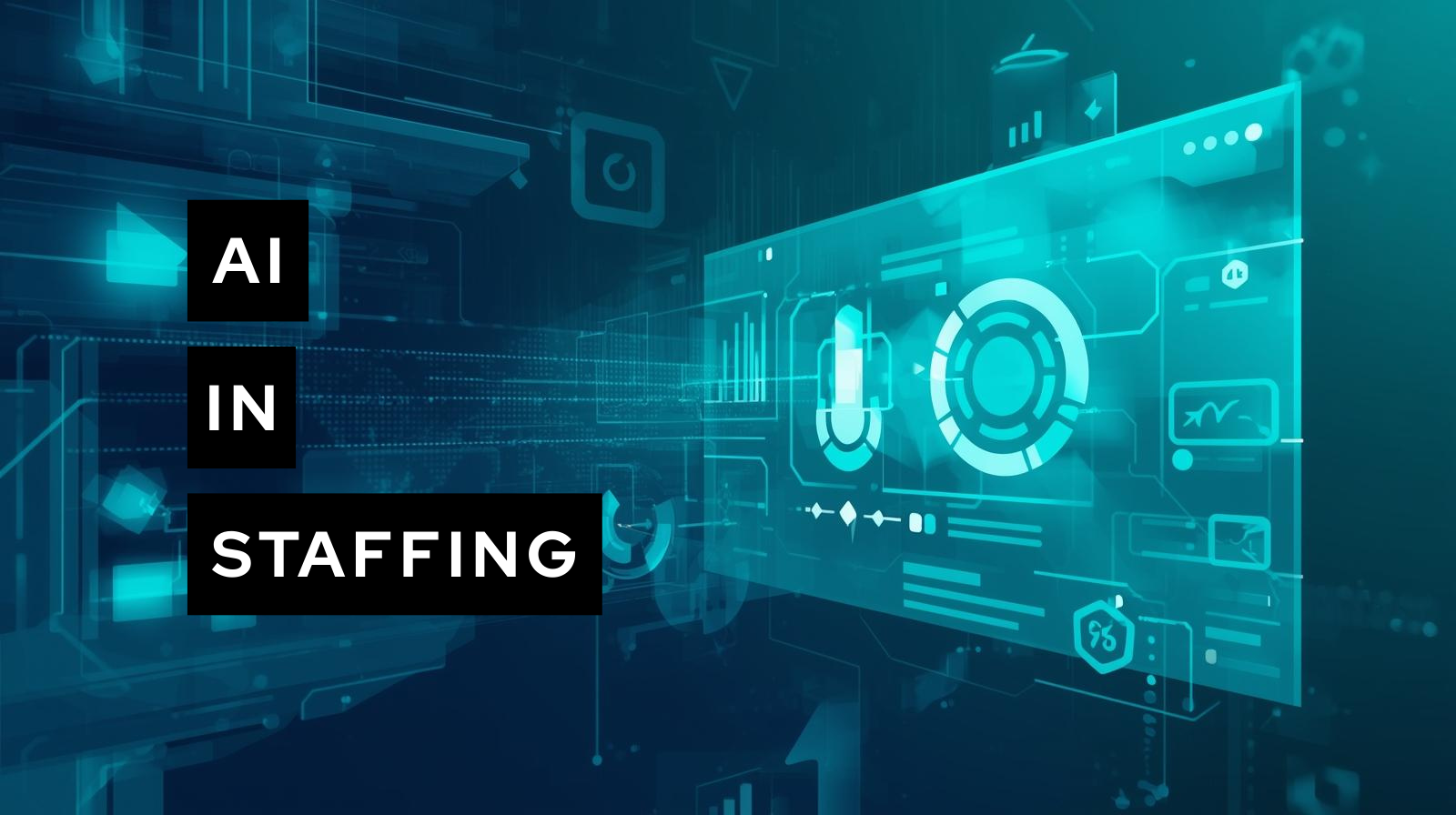
Make talent quality your leading analytic with skills-based hiring solution.

Technology has always promised to make work easier, faster, and smarter. And when used well, it does.
But history — and human nature — show us that the more we can automate, the more we’re tempted to disengage from the very skills that make us capable in the first place.
That’s not just a theoretical risk.
We’ve seen it in small ways already — calculators replacing mental math, GPS replacing spatial awareness, search engines replacing recall.
And pop culture has given us some of the clearest cautionary tales of what happens when convenience overtakes capability.
In WALL-E, humanity’s future isn’t destroyed by an asteroid, alien invasion, or AI uprising. It’s undone by comfort.
Generations of humans live aboard a space cruise ship, every need catered to by machines. They glide through life on hovering chairs, screens in front of their faces, food and drinks delivered instantly. No one walks. No one builds. No one questions. The skills that once defined human capability — movement, problem-solving, connection — fade away, replaced by passive consumption of what the machines provide.
It’s an exaggerated vision, but the caution is real: when we stop using our skills, we lose them. And when technology makes it too easy to outsource thinking, judgment, and decision-making, we risk trading capability for convenience.
That’s why, as we embrace AI — even in hiring — we need a responsible and realistic approach.
New tools like Cluley show just how quickly technology is moving toward real-time assistance, making it easier than ever to “skip” steps that once required deeper thinking or expertise. And while these innovations can be game-changing, they also raise an important question: are we building human capability alongside AI capability, or letting one replace the other?
Just like the calculator, spellcheck, or Google, AI will become an invisible part of our daily workflows. Those who know how to wield it will outperform those who don’t.
On that, we agree.
But here’s the catch: in hiring, AI proficiency alone isn’t enough to know if someone can actually do the job — and do it with integrity.
If all we test is a candidate’s ability to prompt an AI tool, we’re ignoring the foundation that makes AI effective in the first place: human capability.
Consider this:
AI can speed up output. But if the person can’t judge when it’s wrong, adapt to changing conditions, communicate the “why” behind the answer, or choose the ethical path when shortcuts are available — you’re just accelerating the wrong outcome.
Yes — the calculator, spellcheck, and Google were once called “cheating.” But here’s the difference:
In the same way, AI is powerful only when the human behind it has the skills, judgment, and integrity to use it well. Without those, it’s like giving a calculator to someone who doesn’t understand math — the output might look right, but you’ll never know if it is.
The AI era isn’t about replacing human skills — it’s about amplifying them. The real challenge is making sure those skills are strong enough to guide AI, validate its output, and apply it in the right context.
That’s why it’s important to understand the role different AI tools play.
Cluley is an AI-powered real-time assistant. It can see your screen, hear your audio, and feed you relevant answers or insights on the spot — helping you respond faster, sound sharper, and move to solutions more quickly. It’s a performance accelerator in the moment, especially when speed and context are critical.
Glider AI is a skills validation and ID verification platform. It helps organizations ensure every candidate is real, ready, and capable before hiring, through a combination of AI skills assessment, live and one-way interviews, scenario-based challenges, and fraud prevention. This means we can validate not just a candidate’s ability to use AI tools like Cluley, but also their foundational human skills: critical thinking, judgment, communication, and integrity.
We don’t stop candidates from using AI, in fact, we design assessments where they can integrate AI into their process. The difference is that we score not only the final output, but how they got there, how they validated it, and whether they applied the right reasoning.
This approach does two things:
In a world where AI tools will be everywhere, Glider AI’s role is to make sure the people using them bring the human judgment, skill, and integrity that technology alone can’t provide.
At Glider AI, we define capability as the intersection of five dimensions:
Miss any one of these, and you risk hiring someone who can produce an answer, but not necessarily the right one, in the right way, for the right reason.
The workplace is evolving faster than job descriptions can keep up. Gartner predicts that by 2027, 50% of employees will need to learn new skills to remain effective in their role, many of them directly tied to navigating AI-augmented workflows.
That’s why our approach at Glider AI is to measure real-world readiness, not just theoretical ability:
AI will reward leverage — but without nurturing human capability, we risk a future where humans become passengers rather than drivers. The danger isn’t that AI will replace people. It’s that people will replace their own skills with AI and have nothing left to contribute when the model falls short.
Responsible AI use means building the human skills that make AI more powerful, not letting those skills atrophy. The goal isn’t to avoid AI, rather it’s to ensure the people using it remain capable, creative, and in control.
AI will absolutely change the game. But the winners won’t be the people who can “cheat” with it — they’ll be those who can think critically, apply domain expertise, act with integrity, and use AI as a multiplier, not a replacement.
That’s the kind of capability we help you find.
Because in the future of work, the real question is:
Are your candidates real, ready, and capable, or just AI dependent?

If you’ve hired anyone in the last two years, you already know something feels different. In 2026, candidates are harder to assess. Resumes tell you less than they used to. Interview performance doesn’t always predict job performance. And even when you think you’ve made a good hire, there’s this nagging feeling that you might have […]

Is holiday season capitalized? When you type “holiday season” into a document, you might pause and wonder about the proper formatting. The answer is no, not unless it begins a sentence. But that simple question opens the door to a much bigger conversation about what the holiday season actually means. For some, it’s a time […]

Staffing has always been about matching people to the right job at the right time. Recruiters spend hours reviewing resumes, scheduling calls, and keeping track of candidates who may or may not be a fit. The work is important, but it can also be slow and tiring, especially when hiring needs suddenly increase. Today, AI […]